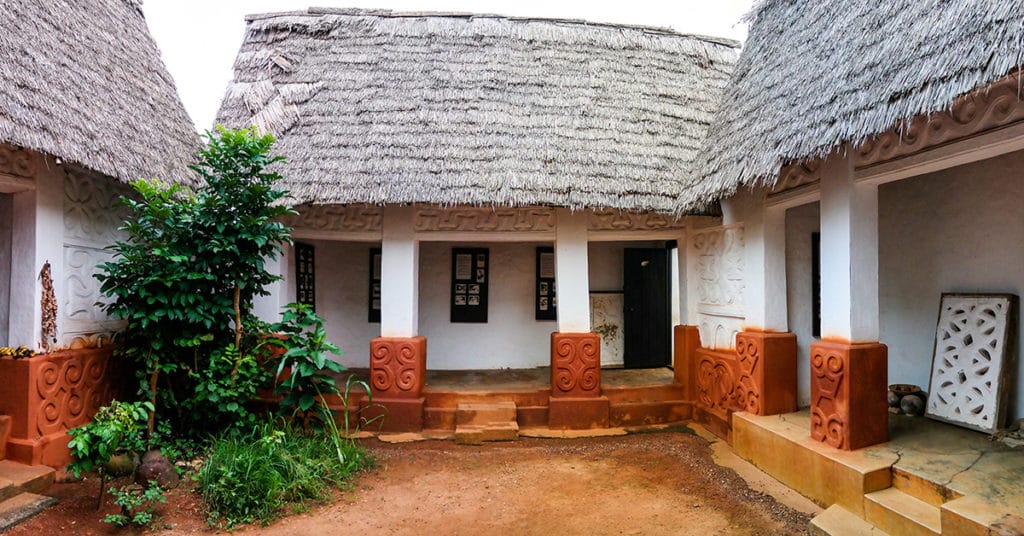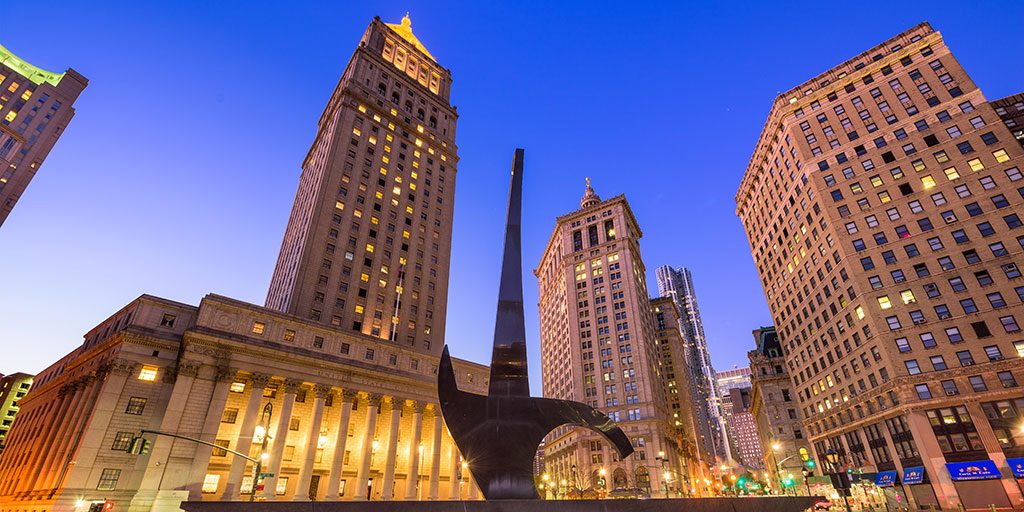Ghana is a coastal West African country that was the heartland of the famed Ashanti people.
Modern Ghana is between Ivory Coast and Togo. Burkina Faso is to the north. Accra on the coast, is the modern capital city.
Ghana is one of the most stable and developed countries in West Africa. It was the first sub-Saharan colony to achieve independence and is a West African leader in international affairs.
The region was long known for gold production. Sahara traders called it the Land of Gold. Colonizers called it the Gold Coast. Ghana remains one of the world’s major gold producers, and also produces petroleum. It’s a major world producer of cocoa (the base for chocolate), yam and plantains. It manufactures cars, ships and is developing an IT (information technology) industry.
In 2019, Ghana promoted the Year of Return. It’s a government effort to reconnect the African Diaspora with the African homeland and rebuild our lost past. Ghana is a very dynamic country.
The Ashanti Heartland

Ghana’s ancient cultures include the Dagbon of the north and the Ashanti of the south.
The Ashanti are an Akan people. They were an advanced society who mostly fought off the Europeans until 1900. They were one of the first West African communities to use guns. They had sophisticated militaries and urban centers that in some ways were more advanced than contemporaneous Europe.
Ashanti culture is matrilineal, meaning familial descent is traced through the mother. This gave Ashanti women extra status and her family’s protection. The Caribbean also has a tradition of strong women. It goes all the way back to Indigenous times, but perhaps this is another one of the sources.
Portuguese made first European contact. Gold and then human slavery attracted Dutch, Swedish, English, French and German colonizers who built trading forts. These are now tourist attractions.
Kumasi was the old Ashanti capital. The British burned it to the ground, but this pre-colonial African city must have been something to see.
It took the English five wars over almost one hundred years to defeat the Ashanti. The Golden Stool is the icon of Ashanti power. The British tried to steal it, but never succeeded. Ashanti rule ended when the British began using artillery and gatling guns against them. The Ashanti community reconstituted itself and is now one of the regions of Ghana.
On independence in 1957, the Republic of Ghana took the name of the ancient salt and gold trading Ghana Empire (c. 300-1100) of Mauritania and Mali, but they are not directly related.
Ghanaian Culture
Kente cloth is a famous Ashanti cultural element. The beautiful handmade textiles were originally worn by royalty.
Talking drums are West African. Colonizers reported that Ghana drummers could transmit clear information as fast as a telegraph, over 200 miles.
The Akan people of Ghana (which includes the Ashanti) have a system of pictorial writing using stamps called Adinkra symbols. They look to an American eye like text ornaments from a printing font, but have very specific meanings. They are used on pottery, cloth and even architecture.
In the Americas, African culture is often coded so you can be looking right at it and not know it. Haitians do this with their veve designs. Some veves even look like Adinkra symbols. Sometimes there is an entire parallel universe that you just don’t know how to read.
Sankofa ~ Triumph of the Human Spirit
In the Colonial Americas, a lot of African culture was lost because it was forbidden. Sankofa is an Akan concept that means it’s good to recover what you have lost, to go back and get it. It’s often represented as an Adinkra symbol of a bird turning backwards with an egg in its mouth. Another form is the stylized heart shape which we see in the Haitian veve for Maman Brigitte, the Vodou loa (roughly saint) of death. Death isn’t seen as a parting. It’s seen as a return.
Some of what we now recognize as African Diaspora culture in the Americas is recovered. It’s been recreated. The most amazing thing is that much of it is also remembered. You cannot break African spirit. It always survives and even thrives.

The “Triumph of the Human Spirit” statue at Thomas Paine Park in Foley Square is a stylized Adinkra symbol. You can read it as a sword, but it’s a stylized Sankofa symbol. Here too, you can be looking right at the African parallel universe, and not understand what you are seeing.
Puerto Rican Bomba Derives From Ashanti Culture
Bomba is an African Diaspora drum, song and dance tradition that is unique to Puerto Rico.
Puerto Ricans of all heritages have adopted bomba as a marker of Puerto Rican identity. It’s beautiful to watch because in the urban setting, young Puerto Ricans have risen above any question of religion, race, gender, nationality or social class. That’s the beautiful thing about African drum, song, and dance traditions. They are designed to build community whether it’s a community of two or a thousand. Everyone is welcome.
The elders of Puerto Rico’s bomba communities say their culture is Ashanti. In Loíza, Puerto Rico’s center of African culture, bomba dresses adapt the beautiful designs of Ashanti kente cloth.
